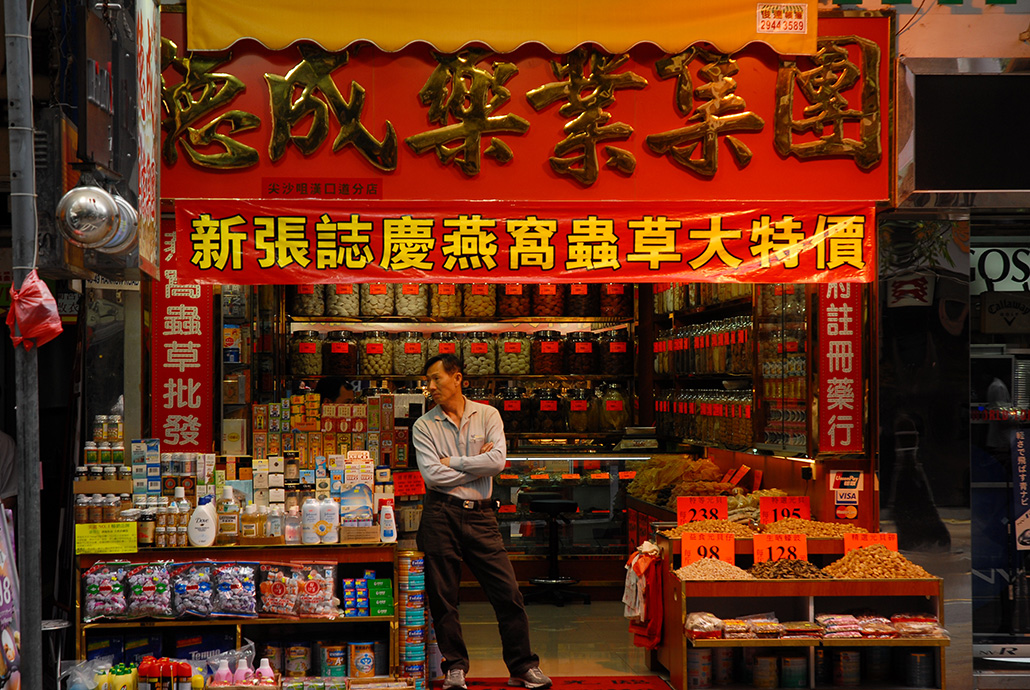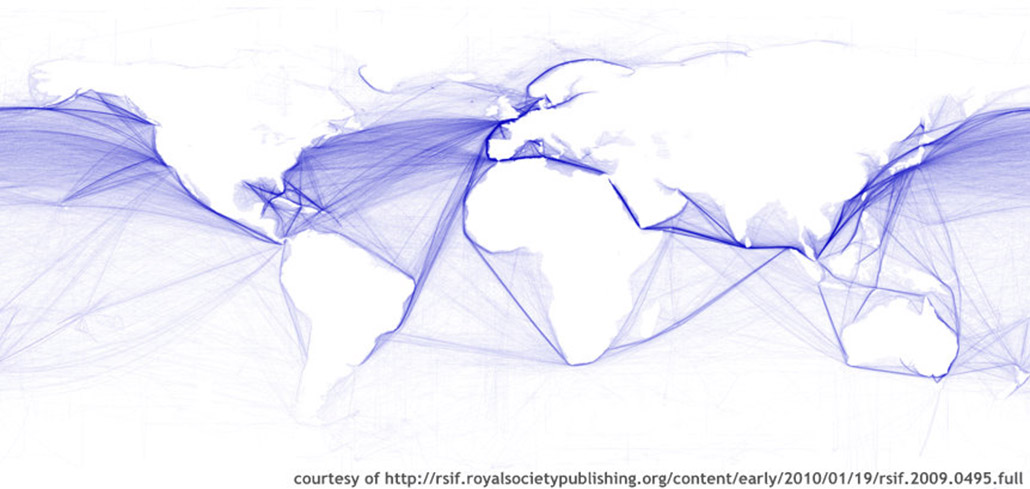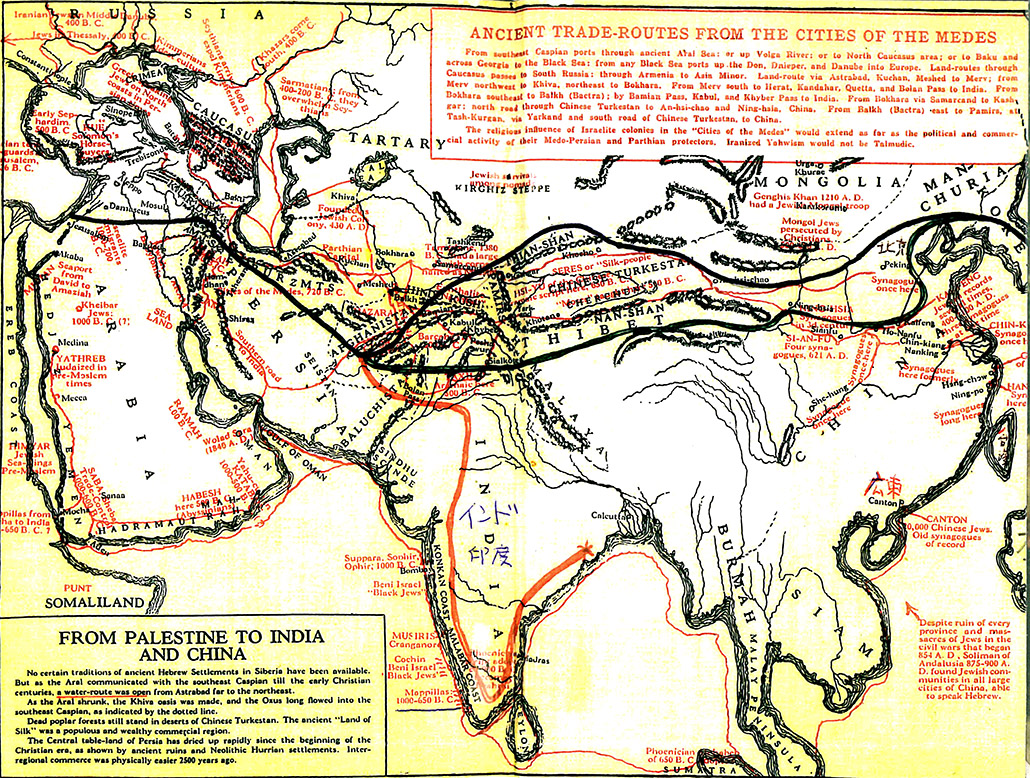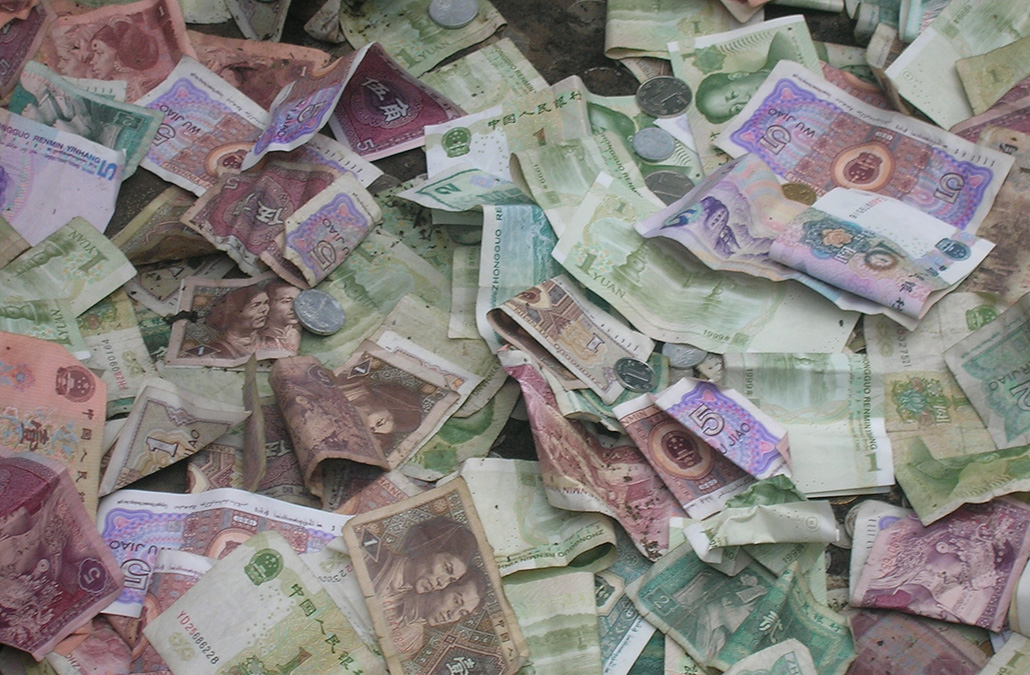Project Summary
Over three decades since 1978 when the PRC embarked on reform and opening up, the country has achieved profound economic growth. In 1950, the PRC economy comprised less than 4% of global GDP, its trade with the world economy was negligible, and per capita income was below US$2/day. This macro situation stood in sharp contrast to history (Figure 1) and it was also temporary. In 2010, the PRC became the world’s second-largest economy, and by 2013 it was the world’s largest exporter, second largest importer, and the world’s largest creditor. The PRC is also a leading global destination for foreign investment and its outbound financial flows have been growing very rapidly. While various factors have contributed to this significant success, the PRC’s steady integration into the global markets, particularly the WTO accession, has played a critical role, bringing huge benefits to the country and the rest of the world.
Opening up served the PRC well in the past. Further integration with the global economic system will continue to serve the country well in the future. The 18th National Congress of the Communist Party pointed out that it is of utmost importance for the country to “adapt to new megatrends of economic globalization, implement more proactive opening-up strategies, and establish and improve an open economic system.” Further integration will also be helpful for deepening domestic reforms and letting the market to play a decisive role, through better competition, improved transparency, higher product standards, prudent governance, efficient financial services, and easy connectivity and efficient transport and trade logistics.
As the PRC becomes increasingly integrated with the global economic system, prospects of the PRC economy are intricately linked to the health of the regional and global economy. PRC’s “domestic policies” have larger spill over impact on the entire world – and also what happens in the world will have greater impact on PRC than before. Since the last serious economic downturn about five years ago, the global composition of economic growth has changed in important ways. OECD economies experienced generally positive but relatively slow growth, while so-called emerging market economies grew faster, and Asia had the greatest concentration of higher growth economies. While trade with OECD and other non-Asian partners will continue to grow, it cannot be expected to deliver aggregate export growth rates that have been seen in the past. For these reasons, as the PRC looks to future globalization, it should do so with special attention to expanding regional opportunities.
The PRC’s 13th Plan will be implemented in an international economic environment that has changed fundamentally, since the last plan was formulated. In this period, the world economy has emerged from the most dramatic slowdown in two generations. While most of economies have recovered, opportunities for future growth are shifting significantly. To a significant extent, opportunities and challenges for the PRC’s globalization are also an expression of domestic economic structure. In this context, the PRC’s economy is experiencing an important structural transition over the next five years. The three main features of this are rebalancing of aggregate demand and supply, demographic transition, and tapering of aggregate growth.
The PRC’s success with globalization was once interpreted as a threat to other Asian exporters, but today a very different picture has emerged. Apart from labor and coal, however, the PRC is a resource-constrained economy that must import to grow as well as to export. Moreover, its transition from low-wage global competitor to consumer society now presents the Asian region with a new generation of growth opportunities. Traditional, East-West (“North-South”) trade will continue, but regional economic integration now allows Asian economies to diversify away from slow-growing western markets, expanding their export supply chains to the world’s most dynamic internal markets, Asia.
Expanding international trade can continue to make important contributions to the PRC economy, but this expansion should be done in ways that recognize emerging opportunities and risks. The PRC should pursue further globalization through regionalism, leveraging superior growth and diversity among Asian economies. It should also build upon comparative regional advantages for higher value added and higher technology goods and services, recognizing the economy’s need to sustain higher labor productivity and real wages.
With an updated perspective, this study evaluates the PRC’s prospects for increased international economic engagement. The report starts with a look into the global macroeconomic trends and their impact on the PRC, focusing on the risks and challenges they may pose for the PRC economy. The study then assesses the opportunities for the PRC’s further opening-up and integration with the global economic systems in four major areas: (i) expanding international trade and investment, (ii) greater participation in global financial system, (iii) further integration through enhanced regional and global connectivity, and (iv) achieving PRC’s greater role as a development partner.
Most Recent Entries

Low Carbon Biomass Conversion in the Sierra Nevada






